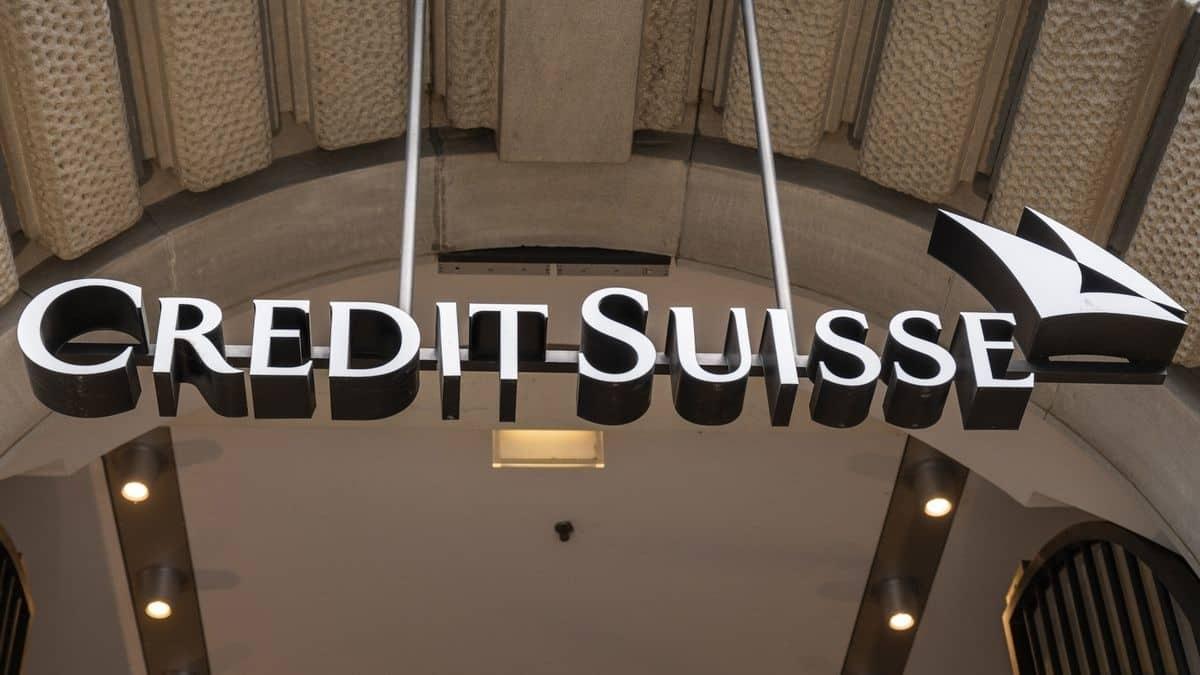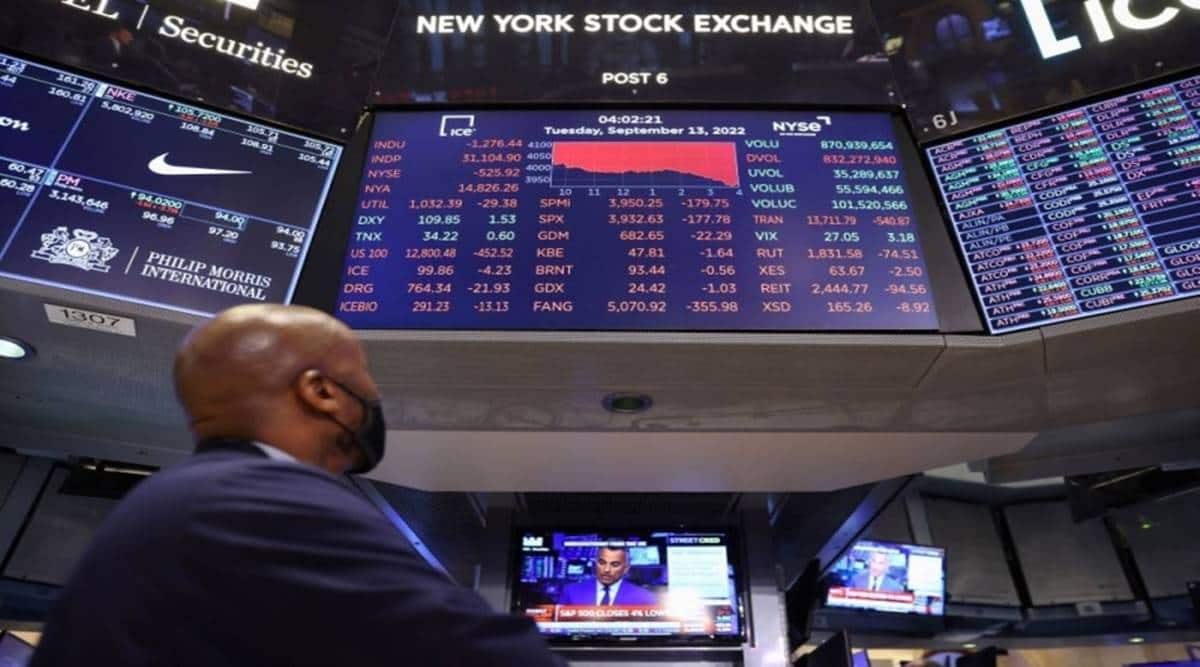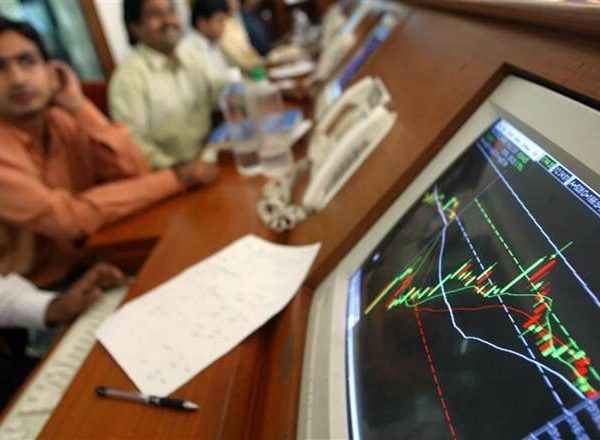Sensex crashes 2% as bears run riot, 17450 in Nifty would be key level; check support, resistance levels
BSE Sensex and NSE Nifty 50 tanked 2 per cent on Friday as bears prowled Dalal Street. BSE Sensex tanked 1.8 per cent or 1,093 to 58,841, while NSE Nifty 50 tanked 346 points or 2 per cent to finish trade at 17530. Index heavyweights such as Reliance Industries, Infosys, HDFC Bank, Housing Development Finance Corporation, Tata Consultancy Services (TCS), and ICICI Bank among others, contributed the most to the indices fall. Broader markets plunged more than 2 per cent on Friday. S&P BSE MidCap index crashed 3 per cent or 749 points to end at 25,558, while S&P BSE SmallCap index fell 2.4 per cent or 712 points to settle at 29,199. India VIX, the volatility index, jumped 8 per cent to finish at 19.82 level.
Also read: Warning signs flashing for global recession in 2023, as interest rate hikes threaten economic growth
Indian markets were the worst performers in the Asian pack, as higher inflation and likely aggressive rate hikes by the US Fed sent stocks tumbling across the board. We are likely to see strong bouts of volatility in the coming sessions as global slowdown looms large. Technically, the double top formation on daily and intraday charts and bearish candle on weekly charts is indicating further weakness from the current levels. If the index trades above 17450 (which is double bottom support level), then the market is likely to bounce back sharply. For the short term traders, 17450 would be the key level to watch out for, above which, the index could bounce back to the 20 day SMA (Simple Moving Average) 17700 and 17900 levels. On the flip side, below 17450, the index could hit 17300-17200 levels
Deepak Jasani, Head of Retail Research, HDFC Securities
Global stock markets followed Wall Street lower on Friday after higher-than-expected U.S. inflation dashed hopes the Federal Reserve might ease off more interest rate hikes, amid growing concerns of a global recession following warnings from the World Bank and the International Monetary Fund. Nifty ended the week down by 1.59%. Markets seem to have started the downward move after forming a triple top on daily charts over the last three days. On weekly charts, Nifty has formed a bearish Dark Cloud Cover. 17401 and 17170 are the next levels on the downside that may provide temporary support. On up moves, 17771 may be difficult to breach in the near term.
Also read: Gautam Adani becomes world’s 2nd richest person, beats France’s Bernard Arnault as group stocks rally
S Ranganathan, Head of Research, LKP Securities
Indian Markets today finally chose to mirror global cues after out-performing global peers in the recent past. Weaker domestic flows for last month despite SIPs maintaining their run rate led to profit taking as all sectoral indices ended in the red. As global investors brace for a further interest rate hike post the US inflation data released recently, the RBI too has its task cut out in India when they meet at the end of this month. Spectacular Monsoon in India coupled with several positive Tailwinds provides a plethora of investment opportunities in the broader markets.
Vinod Nair, Head of Research, Geojit Financial Services
With persistent bearish pressure from global stocks amid rising yields and dollar index, the domestic market surrendered to the global trend despite its strong decoupling scenario and encouraging macroeconomic data. Post the release of US inflation data, which showcased a MoM increase in inflation, the global market has been pricing in the likelihood of a more aggressive policy response from the Fed.












Recent Comments